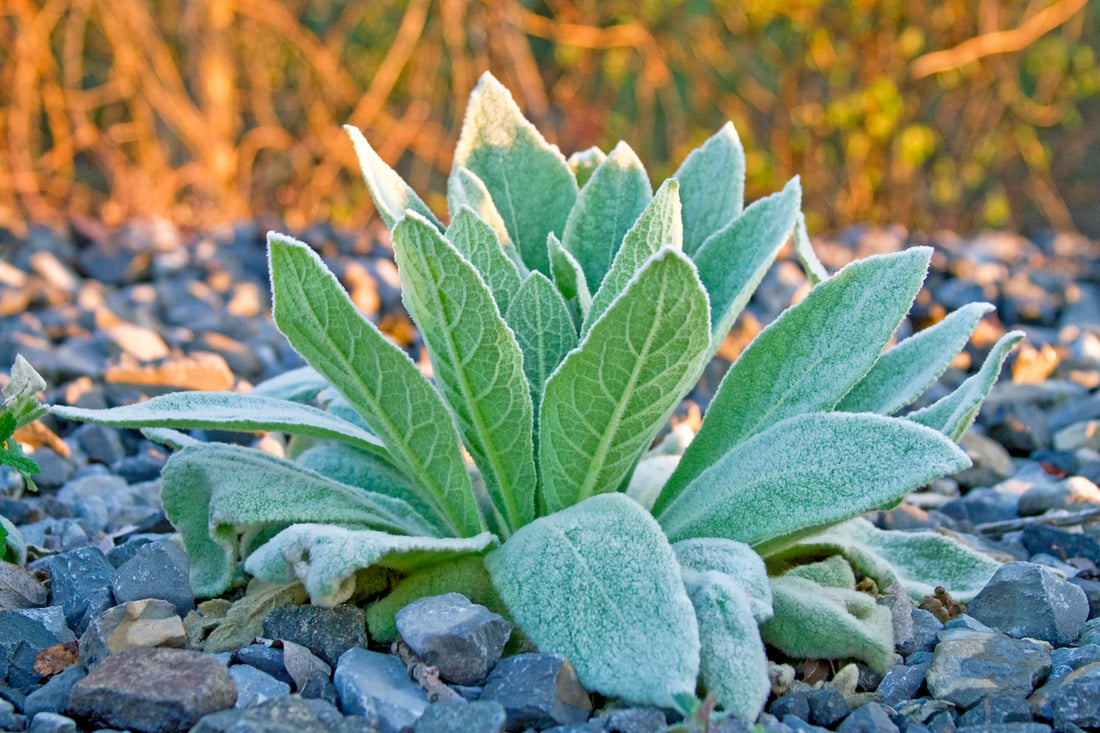Regenerative Agriculture | Zuma Nutrition

Share
Wildcrafted & Regenerative Agriculture - What Are These Practices & Why Are They Better?
Quality is everything when it comes to the food, herbs, and supplements we consume. Two people may take the same supplement—let’s say Vitamin C, for example—from two different brands, and will receive two very different results.
An herb or supplement is much more than just its name and species. Not all turmeric is the same just because it is the same species of plant. There are many factors that determine the quality and effectiveness of an herbal formula or supplement—where it was sourced, how it was grown, how it was harvested, how it was prepared and formulated, how it is stored, and so on.
Because all of the factors involved in formulating herbal products—such as quality, growing method, formulation, etc.—it makes a big difference which products you consume. When buying supplements, it is always recommended to look into the brand you are buying from and find out what their practices and standards are.
At Zuma Nutrition, we use only organically grown products from our own private farms. In fact, we take it a step further than just organically grown—our farms utilize biodynamic principles and focus on regenerative agriculture practices, while many of our herbal products are also ethically wild-harvested by our team of traditional herbalists.
What is Regenerative Agriculture?
Regenerative agriculture describes farming and grazing practices that, among other benefits, reverse climate change by rebuilding soil organic matter and restoring degraded soil biodiversity – resulting in both carbon drawdown and improving the water cycle.
Why Regenerative Agriculture?
The loss of the world’s fertile soil and biodiversity, along with the loss of indigenous seeds and knowledge, poses a very serious threat to our future survival as a species. According to soil scientists, at current rates of soil destruction (i.e. decarbonization, erosion, desertification, chemical pollution), within 50 years we will not only suffer serious damage to public health due to a qualitatively degraded food supply characterized by diminished nutrition and loss of important trace minerals, but we will literally no longer have enough arable topsoil to feed ourselves.
Without protecting and regenerating the soil on our 4 billion acres of cultivated farmland, 8 billion acres of pastureland, and 10 billion acres of forest land, it will be impossible to feed the world, keep global warming below 2 degrees Celsius, or halt the loss of biodiversity. Thus, regenerative agriculture practices are essential in these times and should be practiced by all farmers so we can preserve our precious topsoil.
The key to regenerative agriculture is that it not only “does no harm” to the land but actually aims to improve it, using technologies that regenerate and revitalize the soil and the environment. Regenerative agriculture leads to healthy soil, capable of producing high quality, nutrient-dense food while simultaneously improving, rather than degrading land, and ultimately leading to productive farms and healthy communities and economies.
Wildcrafting
Wildcrafting is the practice of foraging for useful plants from their natural, wild habitat for edible or medicinal purposes. The word “foraging” is often used for food and “wildcrafting” for herbal medicines, but they are interchangeable. Wildcrafted herbs can be used in a variety of medicines like tinctures, herbal salves, and infusions, and when done mindfully, you can reap the benefits of wild herbal medicines without disturbing the ecosystem.
Why Wildcraft?
Wild plants are more potent and nutrient-dense than their monoculture counterparts because they come from richer terrain, often in relatively undisturbed meadows and forests. Commercial farms often have depleted soil, or only feed the plants with isolated nutrients.
Good wildcrafting practices also involve harvesting plants at the times when they are most potent. As the plants experience the cycle of seasons, different parts of them hold the most nutrients and medicine, and different parts will be available at different times. By harvesting each part in the best season, one gets the best yield and most potent medicine for their efforts.
Summary
Quality is important when it comes to the food, herbs, and supplements you consume. Not only should we focus on quality for the sake of our body’s health, but also for the sake of the planet’s health. By only using agriculture practices that contribute to soil life instead of destroying it, and by mindfully harvesting foods and medicines from nature in a way that doesn’t disturb the ecosystem, we can return to living more natural and harmonious lives on earth—instead of destroying natural ecosystems from our harvesting practices.
The benefits of regenerative agriculture are numerous. It truly is one of the most important things we can focus on as humans, as every human being needs food to survive, and the way we grow our food can either heal or harm the earth. Wildcrafting is another excellent practice that helps us connect with the earth’s natural, uncultivated ecosystems, and helps us learn how to work with the nutrient-dense foods and medicines of these natural ecosystems. With the right growing and harvesting practices, we can provide for ourselves all the foods and medicines that we may need, without destroying ecosystem health in the process.
References
https://regenerationinternational.org/2017/02/24/what-is-regenerative-agriculture/
https://forestmedicine.net/ecological-intelligence-blog/2017/4/10/ethical-wildcrafting